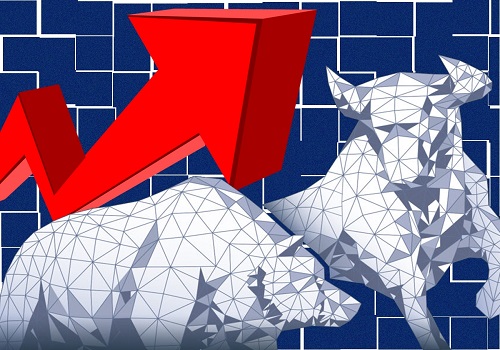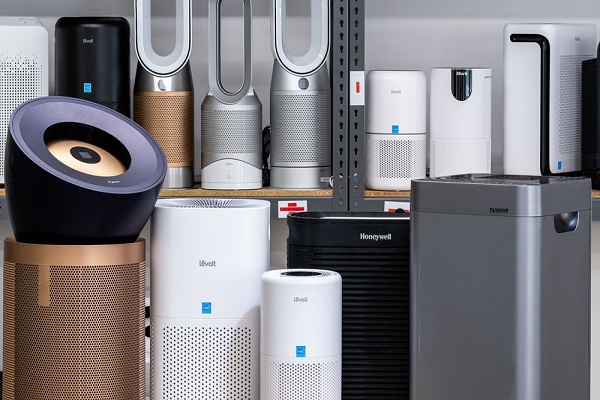Standard Chartered Bank Research: India MPC - The October Surprise

The shrinking size of the problem
The October Monetary Policy Committee (MPC) decision to keep rates on hold (with one dissent) had clear dovish undertones; the unanimous decision to change stance to ‘neutral’ from ‘withdrawal of accommodation’ was just one of them. A neutral stance provides the MPC with the flexibility to stay on hold, cut or hike. We note the following statements and descriptions that, in our view, signal a more dovish tone.
* The evolving description of inflation in recent meetings has turned more dovish. The governor, in his MPC addresses, frequently uses various analogies to convey the size of the inflation problem. In this meeting he finally highlighted that the inflation problem is mostly under control. He stated, “It is with a lot of effort that the inflation horse has been brought to the stable, i.e., closer to the target within the tolerance band compared to its heightened levels two years back”. In previous meetings he described inflation as an ‘elephant’, while during elevated inflation period he reinforced razor focus on inflation by drawing parallels to Arjuna’s eye (singular focus). A similar sense emerges with his signature quotes from Mahatma Gandhi, where references to caution have been replaced by those to success.
* More confidence in achieving the last mile of disinflation. Unlike the previous meetings where the last mile of the disinflation journey was described as arduous, protracted, etc., this time he noted that there is greater confidence in navigating the last mile of disinflation.
* The next two CPI prints at c.5% were baked into today’s policy decision. Deputy Governor Patra and Governor Das both highlighted the possibility of September and October CPI prints staying elevated, driven by unfavourable base effects and an increase in vegetable prices. However, whereas at the previous meetings there was clear discomfort with 5% CPI prints, this time they see it as temporary, with future inflation moving towards 4.5% in H2-FY25 and 4.3% in Q1-FY26 (quarter-ending June 2025). The RBI’s half-yearly monetary policy report puts FY26 CPI projection at 4.1%. Equally importantly, during the press conference DG Patra highlighted more benign assumptions for crude oil prices at USD 80/bbl in FY25 from USD 85/bbl previously. He sounded less concerned about significant crude oil price increases.
Does this mean a December rate cut is a certainty?
We see a high probability of a December rate cut and maintain our call for a 25bps cut in the repo rate to 6.25%. However, there are risks as flagged by the MPC and the RBI Governor that we will monitor closely to assess our call.
* How far will September/October CPI be from the 5% threshold? As highlighted above, the MPC expects the next two prints to be c.5%. We forecast September CPI at 5.2% (similar to the MPC’s projection) and October CPI is likely to be c.5% (it is too early to confirm the figure yet). Unless these prints are significantly higher than the 5% threshold and/or vegetable prices stay elevated, we think a rate cut in December is likely.
* Global risks and the impact on commodity prices. A large fiscal stimulus from China, a US election-related surprise and/or intensification of geopolitical risks could be inflationary and pose a risk to our view. Overall, event risks and data dependency are risk factors to our December rate-cut view.
* Minutes of the MPC meeting on 23 October to show how members see growth-inflation dynamics. Today’s policy meeting has given us sense of three out of six members’ views on growth and inflation. One of the new members – Nagesh Kumar – voted for a cut as well as a change in stance and thus his dovish leanings are evident. The governor also sounded dovish, while DG Patra sounded more comfortable on the inflation trajectory. The minutes will provide more clarity on how the RBI’s Ranjan and the other two external members – Singh and Bhattacharya – view growth and inflation. Views on growth will be watched more carefully as the governor remains optimistic on growth. The MPC maintained its GDP growth forecast at 7.2% for FY25. We forecast FY25 GDP growth at 6.9%, down from 8.2% in FY24. We think the clamour for rate cuts is likely to increase, given potential market disappointment with quarterly GDP prints over the next few quarters in the 6.5-7% range – lower than 7-8% range seen in the past few quarters. The MPC’s quarterly projections for GDP are closer to 7%.
How deep could rate cuts be when they begin?
We expect a shallow rate-cutting cycle of 50bps between December and February as we expect CPI to pick from 4.5% in FY25 towards 5% in FY26. Our views of FY26 inflation are predicated on some food price shocks playing out (the pattern for the past few years) and core inflation picking up as rural demand improves on good agricultural output. However, if FY26 CPI inflation is more benign, e.g., around 4.5%, we could see an additional 50bps of cuts over our base case. The Monetary Policy Report (released by the RBI on a half-yearly basis) currently projects FY26 CPI at 4.1%. While such figures are not the same as the MPC projections ( to be released in April 2025), they underline the RBI’s benign inflation forecasts. We think it is premature to assume a deep rate-cutting cycle for India as of now.
Rates market has been reassured
The rates market cheered the MPC’s stance change, with 10Y IGB yields declining by c.5bps and the OIS curve shifting lower by c.5-8bps in a bull-steepening move. The stance change was reassuring for the rates market as the announcement came amid recent rise in UST yields, USD strength, and a rise in global crude oil prices. The market was also concerned about food prices driving a rise in CPI inflation for the next couple of months. However, the RBI governor alleviated such concerns while remaining vigilant on inflation.
Overall, the outcome of today’s MPC supports our Positive outlook on IGBs and our long 10Y IGBs trade recommendation. The rates market will now position for the timing of the first policy rate cut, which we believe will be in December. This, along with continued foreign investor inflows, is supportive of duration trades in India. Since the announcement of IGBs index inclusion in September 2023, net inflows to IGBs are c.USD 18.2bn. On 8 October, FTSE also announced the inclusion of IGBs in its Emerging Markets Government Bond Index (EMGBI) from September 2025, another medium-term positive for IGBs. We recommend that investors buy 10Y FAR IGBs (7.10% 2034, current: 6.76%, entry: 6.92%, target of 6.50% and stop-loss of 7.20%).
Above views are of the author and not of the website kindly read disclaimer






















